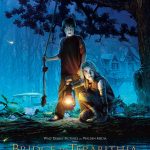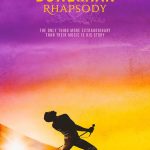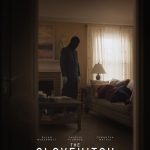Near Dark (1987)
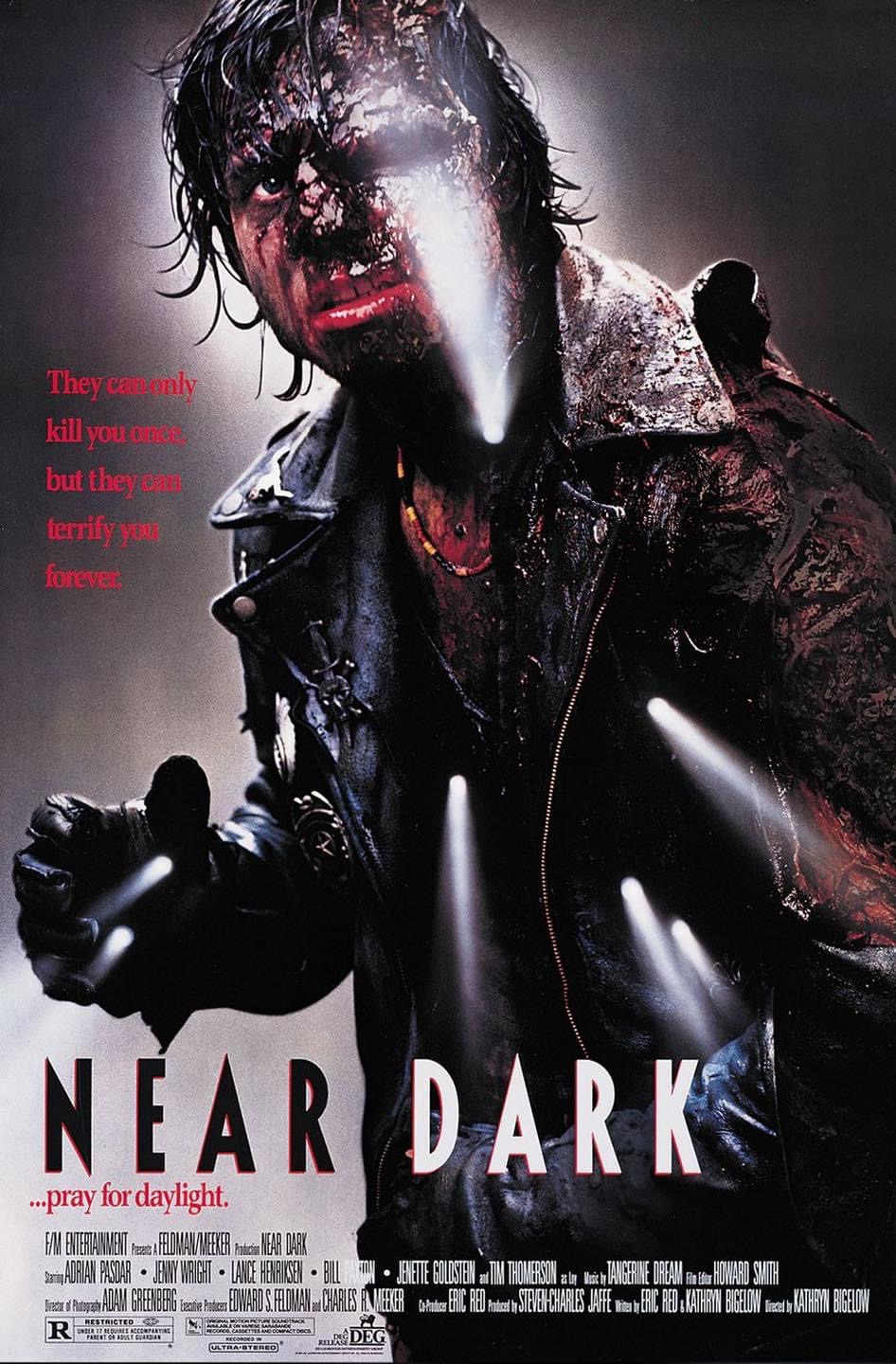
“Near Dark” (1987), directed by Kathryn Bigelow, is a cult classic that blends the vampire genre with a gritty, neo-western aesthetic. The film offers a unique take on the vampire mythos, focusing more on the existential and violent aspects of life as an immortal predator, rather than traditional horror tropes.
Suggested videos for you:
Suggested videos for you:
Suggested videos for you:
Plot Summary:
The story follows Caleb (Adrian Pasdar), a young man in a small town who is turned into a vampire by Mae (Jenny Wright), a mysterious woman he meets one night. Caleb is soon dragged into a nomadic group of vampires, led by the menacing and charismatic Jesse (Lance Henriksen). The gang, which includes Severen (Bill Paxton) and Diamondback (Jenette Goldstein), roams the American Southwest, feeding off unsuspecting humans.
Themes and Atmosphere:
What sets Near Dark apart is its blending of genres. It combines the gothic horror of vampire lore with the rawness of a western road movie, set against barren, sun-bleached landscapes. The vampires in Near Dark are far from glamorous or romanticized. They are portrayed as a violent, desperate group that feels more like outlaws than supernatural beings. The film explores themes of isolation, identity, and the moral implications of living as a predator.
Performance and Characters:
The performances, especially by Bill Paxton as Severen, are widely praised. Paxton’s portrayal of a sadistic and flamboyant vampire provides much of the film’s energy and dark humor. Lance Henriksen’s Jesse exudes quiet menace, while Adrian Pasdar’s Caleb offers a more humanizing portrayal of a man grappling with his transformation.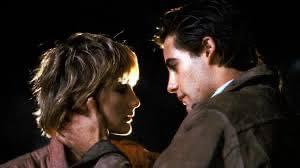
Direction and Style:
Kathryn Bigelow, in her first solo directing effort, brings a gritty yet stylish visual flair to the film. Her direction focuses on atmosphere and tension, using stark lighting and eerie, desolate settings to build a sense of dread and alienation. The cinematography by Adam Greenberg adds to the mood with haunting, sunburned vistas, and Tangerine Dream’s electronic score enhances the film’s otherworldly feel.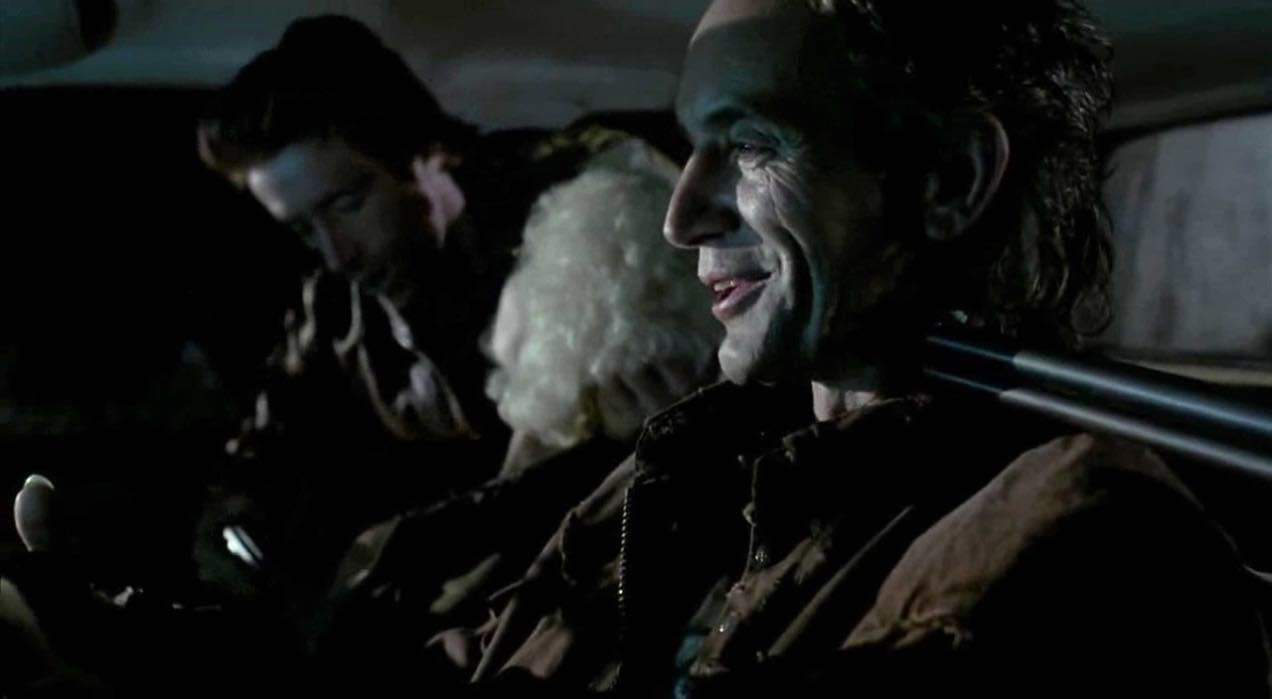
Cultural Impact:
Near Dark initially struggled at the box office, likely due to its unconventional approach to vampire lore and its release shortly after The Lost Boys (1987), another popular vampire film that had a more mainstream appeal. However, over the years, it has gained a devoted following and is often cited as one of the most innovative vampire films of its time.
Conclusion:
Near Dark stands out as a genre-defying film that merges horror, western, and romance in a way that feels fresh even today. Its dark, brooding atmosphere, combined with memorable performances and Bigelow’s sharp direction, make it a must-watch for fans of unconventional vampire films and 1980s cinema.







